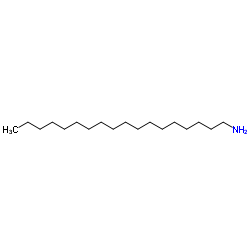| Structure | Name/CAS No. | Articles |
|---|---|---|
 |
Chloroform
CAS:67-66-3 |
|
 |
Octadecanamine
CAS:124-30-1 |
|
 |
Methanol
CAS:67-56-1 |
|
 |
Titanium tetrachloride
CAS:7550-45-0 |
|
 |
cholesterol
CAS:57-88-5 |
|
 |
2,3,5-Triphenyltetrazolium chloride
CAS:298-96-4 |
|
 |
Dicetylphosphate
CAS:2197-63-9 |